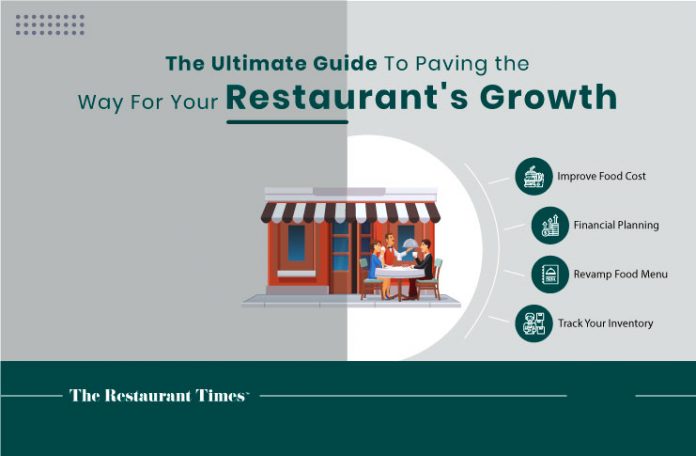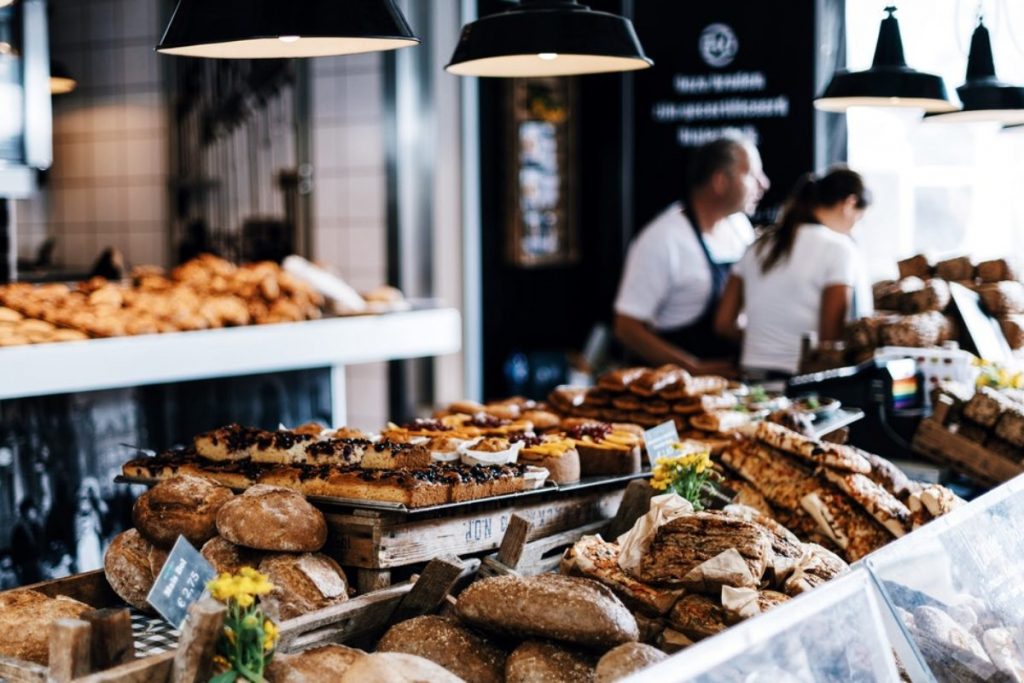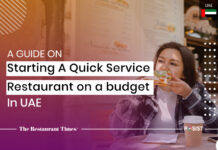A study says that sixty percent of restaurants do not survive past the first year, and 80 percent do not last in the restaurant business beyond five years. A dying restaurant business reflects poor decisions made in the early months. There may be different reasons that lead to the failure of a restaurant business. But identifying the weakest areas and formulating an effective action plan can save it from failure. In this post, we outline a few ways that will help turn around an unsuccessful restaurant into a profitable one.
How To Pivot Your Unsuccessful Restaurant To A Profitable One
A significant reason why restaurant businesses make losses is that they tend to believe that as long as they are making money, nothing can go wrong. This approach is short-sighted and ultimately destroys your bottom line. We have covered some techniques that will make your restaurant highly profitable.
1. Scrutinize Your Financial Performance
Restaurant businesses often fail as a result of poor financial planning. It’s essential to allocate enough funds to help the business sustain in the initial months until it begins generating profit.
Some of the proven ways to optimize overall financial costs and turn your restaurant profitable are :
- Keep a constant check on the food and inventory costs
- Lower the variable costs
- Optimize the operating expenditures such as marketing and advertising expenses, daily administrative costs, salaries, and other labor costs
- Update the menu prices, according to inflation spikes
- Measure and control the portion sizes
- Pay attention to the purchase costs
- Protect supplies from theft and wastage
Create a restaurant business plan and refer to the POS reports to identify which operational areas are contributing to substantial losses. Track all the significant expenses and take adequate measures to eliminate money bleeding.
2. Keep Track Of Inventory
Inventory control has a direct impact on a restaurant’s food costs and the overall profit. It is an important task that must be carried out regularly to prevent theft and reduce unnecessary expenses. Poor inventory management often leads to stock shortages and pilferages. According to a survey, internal theft represents an average of 4% of a restaurant’s food costs.
Bars can lose roughly about 20% of their inventory due to theft, free drinks offered, and spillage unless managed intelligently. Inventory management software integrated into modern POS systems is a sophisticated solution that tracks real-time inventory levels and combats any inventory-related issues. It keeps a complete check on the inventory levels and provides detailed reports about the daily stock consumption. This reduces the scope of internal theft and pilferage to a great extent.
Proper inventory control is incomplete without your kitchen staff following a standardized recipe. Specify predefined amounts for recipe preparation and pay special attention to SOPs in order to reduce excessive losses.
3. Improve Restaurant Sales Strategy
Poor sales have an adverse effect on the restaurant’s bottom line. They result in declining customer footfall and ultimately incur hefty expenses for your restaurant. An excellent way to ensure that you accomplish your sales targets and generate hefty profits is to gain insights from the existing customer and sales data and utilize them to form a stellar sales strategy. Invest in a robust point of sale (POS) system that tracks inventory, integrates customer information from multiple platforms, and provides detailed reports about the best and worst selling products to help identify sales patterns.
One way to combat poor sales is by taking consistent feedback and monitoring online review sites to understand what customers think of your restaurant. If you find most of the reviews negative, and customers are reporting the same issues repeatedly, address your customer’s complaints and fix the problems immediately to speed up the restaurant sales.
4. Improve The Quality Of Food and Service
Restaurateurs can deal with high competition and boost profits by merely improving the quality of food and service. From the kitchen to the table, a restaurant that is capable of offering high-quality standards retains more customers. Ensure consistent quality in food and customer service. The first step in maintaining high-quality food standards is developing a proper distribution channel. Make a wise choice in terms of selecting the right vendors and nurture a healthy relationship with them.
Inefficient services lead to dissatisfaction among customers, and they are less likely to prefer a restaurant where service is weak and ineffective. Help your staff deliver quick and efficient service by promoting frequent employee training sessions on topics such as upselling techniques and communication skills. Invest in robust technology tools such as KDS, self-ordering terminals, to speed up restaurant operations and improve the service.
5. Revamp The Menu
If your restaurant sales are going down, take a good look at your restaurant menu. Is it too long and complicated? Does it lack a variety of food options? Are the menu items well priced? Does it appeal to the diners? A restaurant menu is vital to the success of a restaurant, and hence it is critical to analyze its performance consistently. Analyze the performance of menu items and align them according to the changing trends. Take into account the changing food costs and inflation rates and modify the prices accordingly.
Restaurant POS systems generate insightful reports such as item-wise sales, total food costs, inventory consumption, etc. With this information, you can review the least selling items that are contributing to high food costs and eliminate them. These measures will help in creating a menu that appeals to a large customer base and maximizes profit margins.
6. Focus On The Food Costs
Food costs are one of the essential ingredients in measuring your restaurant’s profitability. If you are observing that your food costs are increasing and the sales trends are declining, it may be problematic for your restaurant’s success. Pay special attention to optimize the food prices by aligning them with the preparation costs and sales potential of specific dishes.
Understanding the profit margins your restaurant is making on each menu item is also critical for a healthy bottom line. Map the cost of the menu items based on factors such as current supplier prices, inflation, food costs, etc., and make changes accordingly. Make sure that the food costs do not exceed 35 percent of the menu price. To cut down the food costs, consider reviewing your vendors and adapt your menu to include the higher-profit items.
7. Create A New Marketing Plan
Are your marketing efforts effective in enticing more customers? If your restaurant is not able to attract customers despite massive investments in advertising and branding, you need to execute a new marketing plan.
An omnichannel marketing approach can revitalize your restaurant business. Allocate a defined budget for your marketing and advertising campaigns. Brainstorm creative ideas for restaurant promotion, and don’t forget to include all online and offline channels and mediums to take your restaurant’s engagement to a new level!
Now that you are aware of the possible reasons behind your restaurant’s poor performance, use these strategies as an opportunity to pivot your strategy towards growth, and make your restaurant business profitable.


















